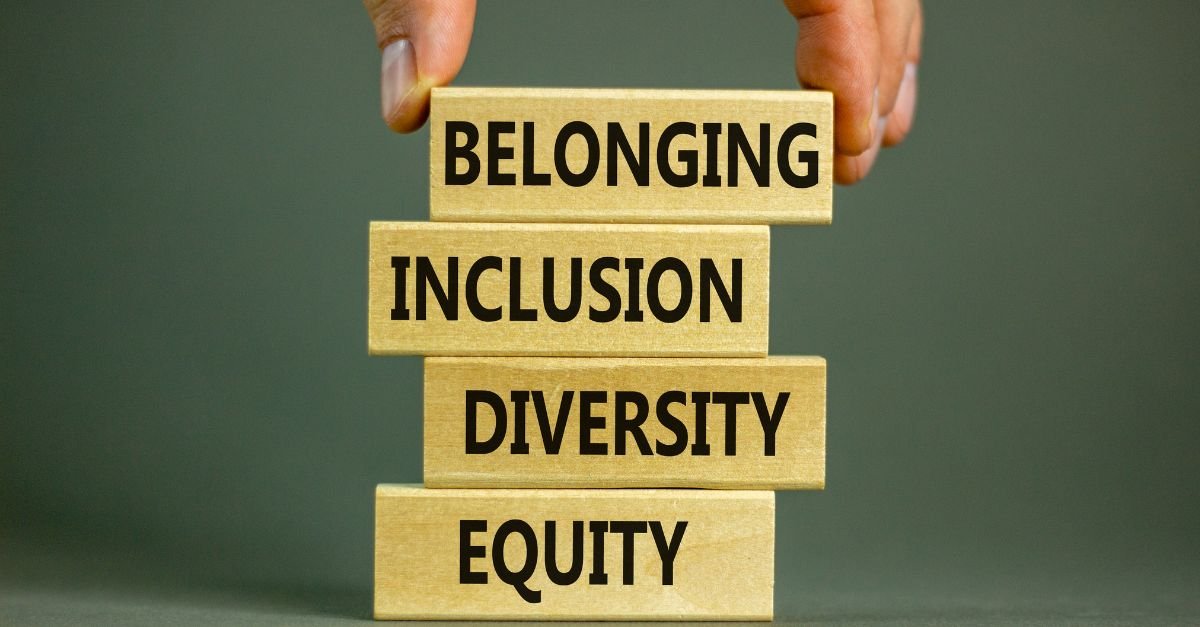Unlocking the Power of Diversity: Why DE&I Policies Must Go Beyond Box-Ticking
It’s no secret that diverse workforces are the most successful, any industry is richer if it has diversity of thought. But too often DE&I policies take the form of a box-ticking exercise. Instead, businesses should be focused on attracting people of a diverse background – whether that’s gender, ethnicity or schooling – because of the value that they add.
Amy Foster, Director of Talent and Partner at Rockborne, a programme focussed on bringing diverse talent into the Data and Tech industry comments:
One of the biggest barriers to DE&I is the ‘fear factor’. Not everyone gets it right, but we should be curious and seek to do better. There is no shame in saying that you don’t know.
The emphasis should be on appreciation rather than understanding. It is easy to view diversity as this huge realm that we need to know every inch of, which is overwhelming.
Employers don’t have to understand everything. I will never understand what it’s like to be a different ethnicity or gender, but I can appreciate what they might be experiencing. There is a tendency to over-engineer solutions and often that isn’t necessary – employers should simply be human.
Budget considerations present another stumbling block. When money is tight, the idea of siphoning funds into DE&I policies can seem a bridge too far. But diversity doesn’t have to cost money – instead it takes time, consistency, learning, and collaboration.
In my experience the most effective initiatives are those that you don’t throw money at but instead use insights gleaned from colleagues and friends to create a more inclusive environment.
Start with your recruitment process. For instance, at Rockborne, we’ve designed our recruitment process to be as human as possible – we aim to recruit within 2-3 weeks and base decisions on conversations to match candidates with our values, culture, and ethics.
Try fostering an “open ear” policy. We listen and appreciate the breadth of backgrounds, experiences, and views of those around us. This openness has been embedded into our everyday practices, through a conscious effort.
For example, I was speaking to a colleague who had used a plaster and commented on how visible it was against her skin tone. The next day we bought a variety of skin tone plasters for our first aid kits and have had numerous employees make positive comments about their availability since. Sometimes the easiest changes can make people feel heard and included.”



